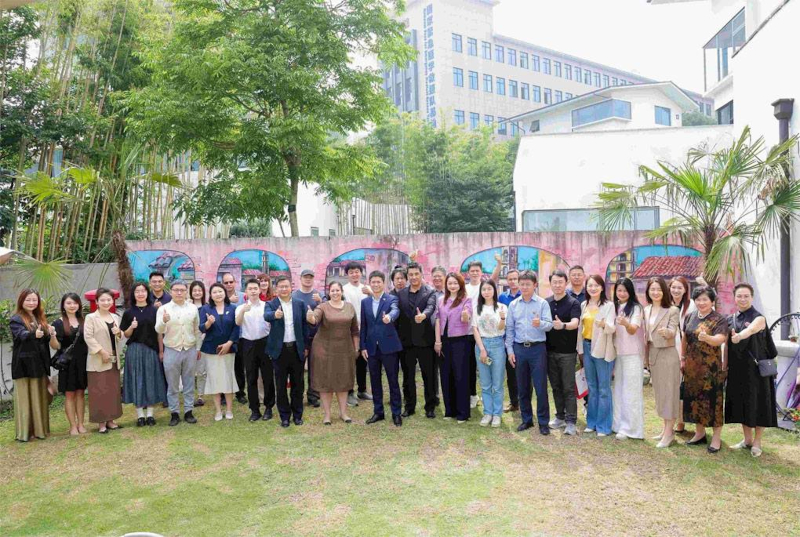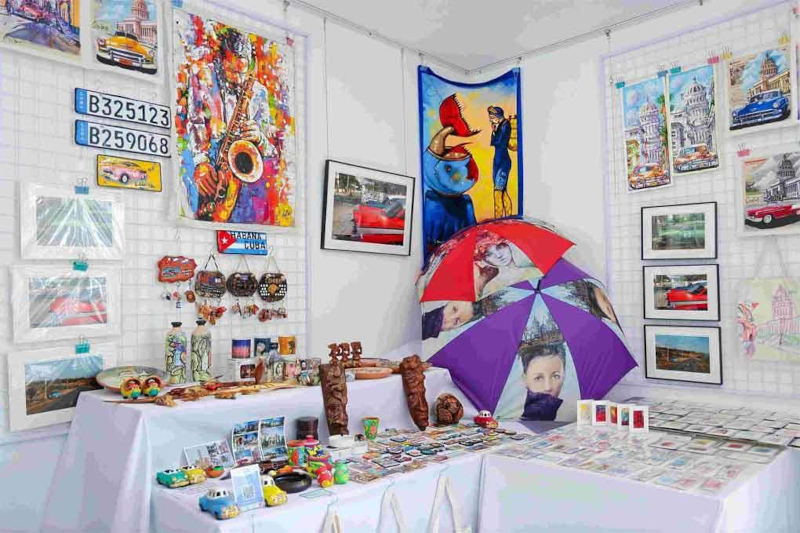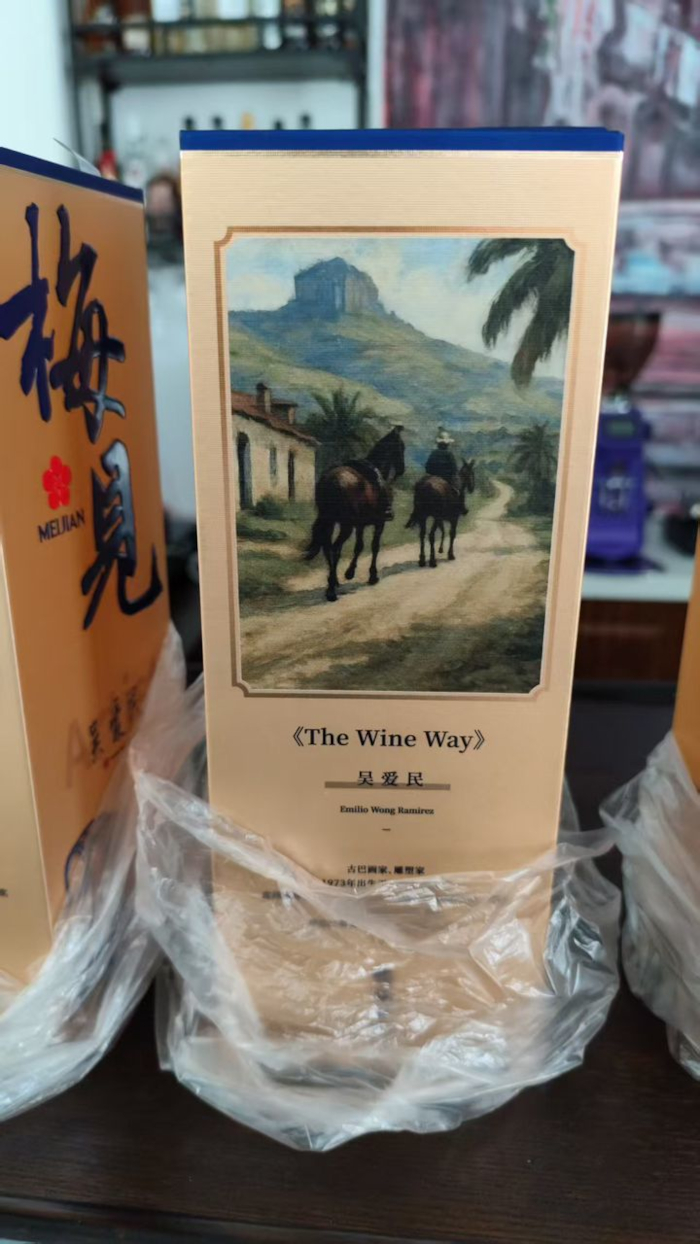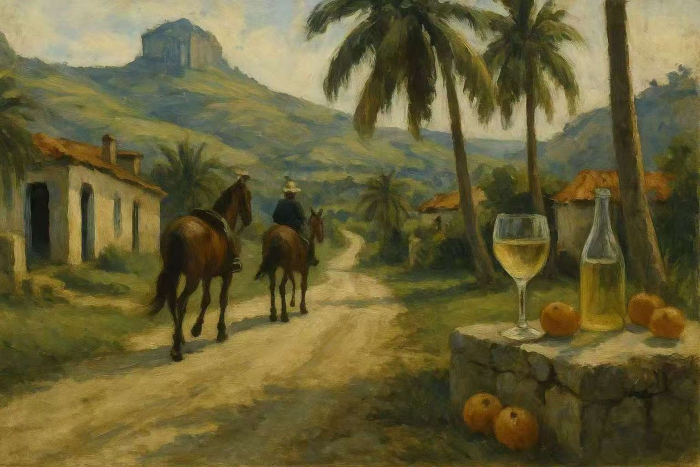CAMAGÜEY – One year after embarking on the journey that would change his life, Emilio Wong is once again making headlines—this time from the heart of Hangzhou, where he has just officially inaugurated the Cuban Cultural Center, a comprehensive platform for promoting Cuban art and culture in China.
The Camagüey-born artist is beginning to see the realization of the dream that brought him to the Asian giant. From Zhejiang’s capital city—where he began collaborating with the Park for Investment and Trade with Latin America and the Caribbean (PICLA)—Wong celebrates this new space as a collective victory between nations.
“Lots of success over here,” Emilio told Adelante Digital in a recent exchange. “This has been a year of dedication, learning, and growth. I already have over 3.5 million followers here. And we’re just getting started.”
And that “more” isn’t limited to social media numbers. The impact of his work has even reached the design of a plum liquor bottle from a very popular Chinese brand, which adopted his painting The Wine Way—a piece that poetically captures the entire process of making the drink. “I speak of wine as a work of art, from the beginning until it ends up in the bottle,” he explains. It's a perfect symbol of his vision: building bridges between cultures and knowledge, through respect and aesthetics.
 CubaMinrex
CubaMinrex
His journey through China has taken him to universities, primary schools, and institutional venues. While he has gained visibility and recognition—he says he now gets asked for autographs and photos on the street—not everything has been easy:
“The art market here is complex. People would rather eat than buy a painting. We’re working on strategies to improve that. And we will succeed.”
Wong doesn’t stop. On his social media, we see him speaking fluent English, reciting poetry, singing in Cantonese, and presenting his art in various cities: Shanghai, Beijing, Hangzhou, Guangzhou, and Taishan.
“We’re like 500-year-old children facing a 5,000-year-old grandfather. It’s pure wisdom,” he says about Chinese culture, which he has embraced with humility and admiration. “Art here is pure poetry. Very traditional. They respect ancient techniques. That has taught me a lot.”

With that conviction and experience, he announces the creation of a second Cuban cultural center:
“Everything is ending with great success here, but something new is also beginning. We’re opening another center, this time in the city of Taishan.”
 Artwork: The Wine Way, by Emilio Wong
Artwork: The Wine Way, by Emilio Wong
Since he described his role as “a shoelace tying a real bridge,” Emilio Wong has shown that art does more than beautify—it builds. And in his journey from Camagüey to China, he continues to draw a path back and forth between roots, memories, and possible futures.
The Hangzhou center’s inauguration on June 12 coincided with celebrations of the 65th anniversary of diplomatic relations between Cuba and China. At the opening ceremony, Cuba’s Consul General in Shanghai, Mileidy Aguirre, highlighted the deep historical ties between the two nations, forged since 1847 with the arrival of the first Chinese migrants to the island. Today, those ties find both symbolic and physical space in this center, driven by Wong from its inception.
Translated by Linet Acuña Quilez



